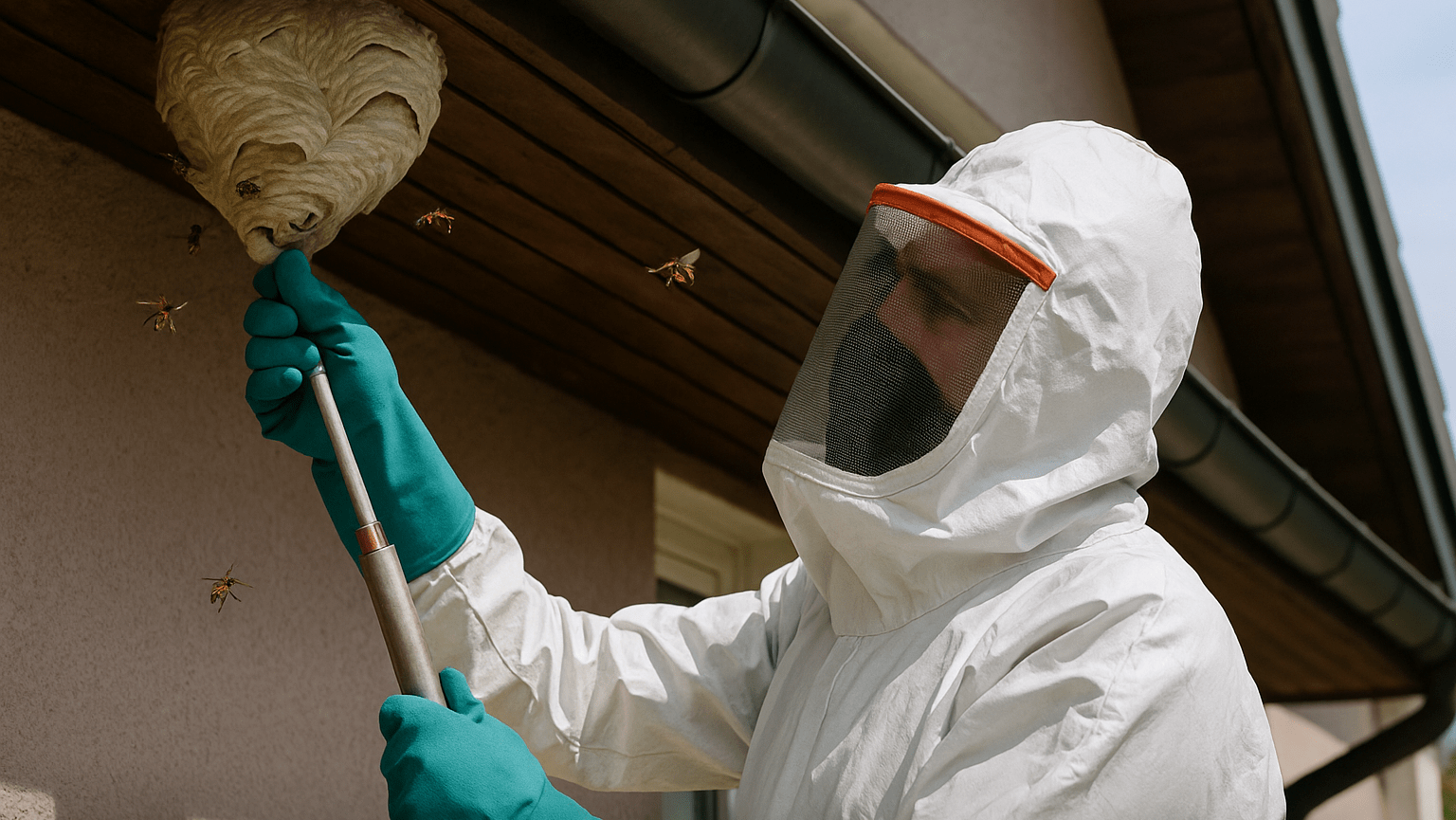Key Takeaways
- Hornets can sting multiple times, causing intense pain and possible allergic reactions.
- The Asian giant hornet is especially dangerous due to its size, venom, and aggressive behavior.
- Hornets are most aggressive in late summer and fall when defending their nests.
- Early identification and removal of nests reduce the risk of stings and infestations.
- Prevent infestations with regular home upkeep and proper food waste management.
- Hire pest control professionals for safe, effective hornet nest removal.
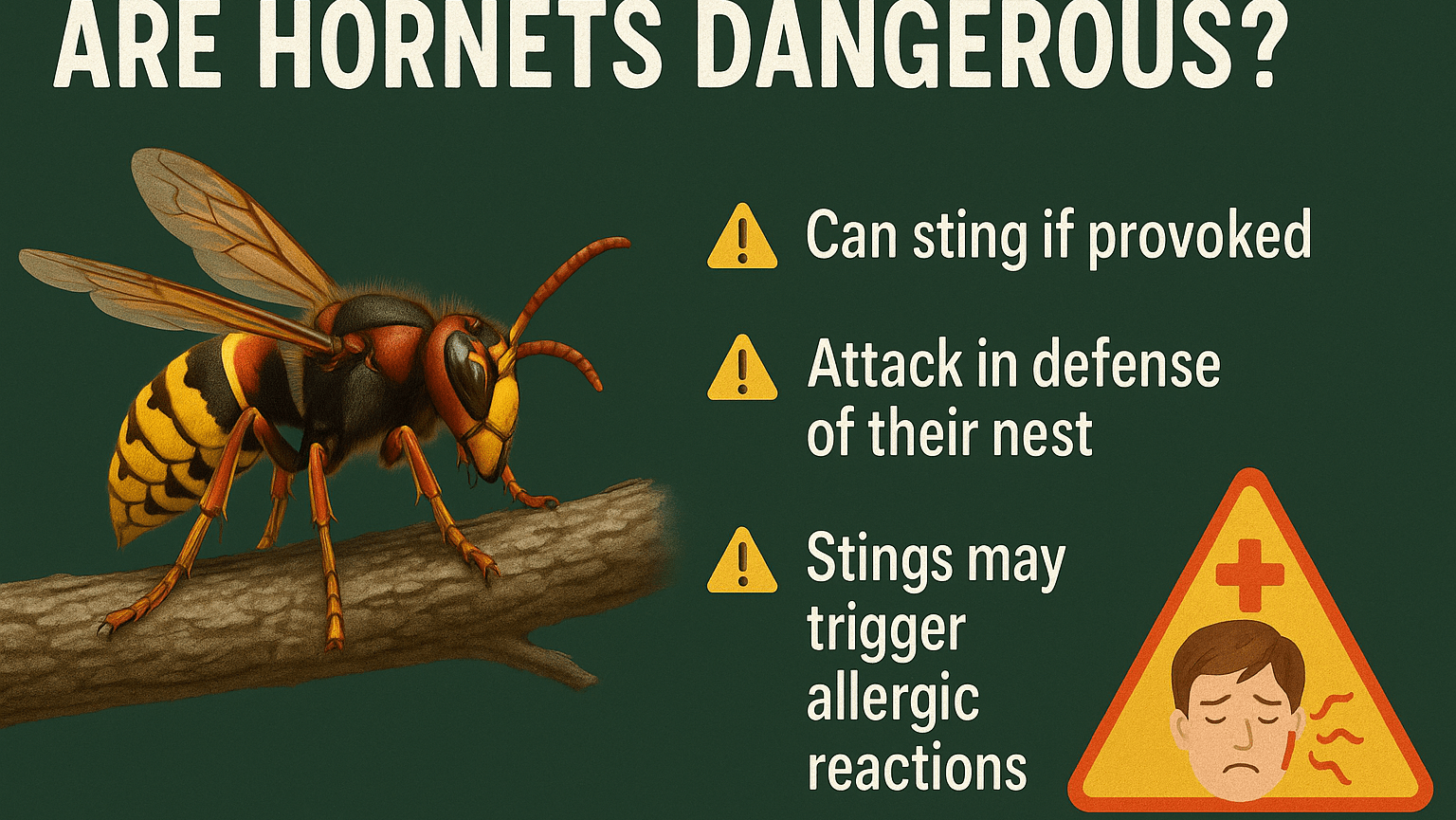 You’re relaxing outside, enjoying a sunny day, when suddenly you hear the dreaded buzz of a hornet. It’s normal to feel nervous, but are hornets really as dangerous as their reputation suggests?
Hornets, known for their large size and painful sting, are often considered one of the more dangerous types of wasps. While not all hornet species pose a significant threat, their defensive behavior and ability to sting multiple times make them a concern. Understanding which hornets are considered dangerous and how to avoid potential risks can help you stay safe around these insects.
This article serves as a practical guide to understanding hornets—covering their risks, identifying dangerous species, recognizing nests, and providing prevention and safe handling tips.
If you’ve spotted hornets around your home or yard, don’t take chances. Schedule your Free Pest Inspection today, and let our experts identify and manage any hornet issues effectively.
You’re relaxing outside, enjoying a sunny day, when suddenly you hear the dreaded buzz of a hornet. It’s normal to feel nervous, but are hornets really as dangerous as their reputation suggests?
Hornets, known for their large size and painful sting, are often considered one of the more dangerous types of wasps. While not all hornet species pose a significant threat, their defensive behavior and ability to sting multiple times make them a concern. Understanding which hornets are considered dangerous and how to avoid potential risks can help you stay safe around these insects.
This article serves as a practical guide to understanding hornets—covering their risks, identifying dangerous species, recognizing nests, and providing prevention and safe handling tips.
If you’ve spotted hornets around your home or yard, don’t take chances. Schedule your Free Pest Inspection today, and let our experts identify and manage any hornet issues effectively.
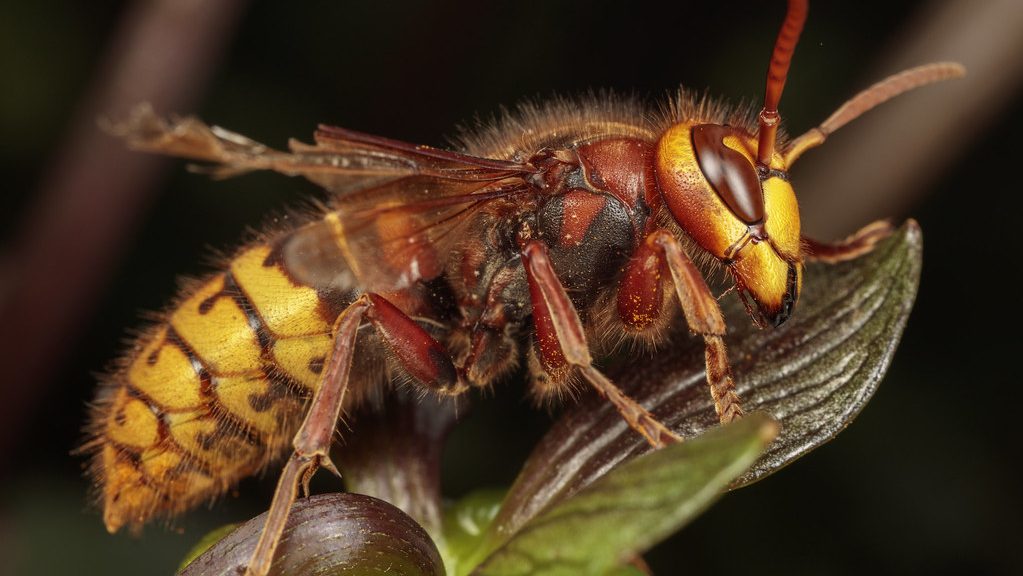

Not getting a solution?
Get your free pest control estimate today!What are Hornets?
Hornets are large, social wasps known for their striking appearance and defensive behavior. These insects live in colonies and build nests in trees, shrubs, or sheltered areas like attics and eaves. Hornets play a dual role in ecosystems, feeding on nectar while also preying on other insects, making them effective natural pest controllers.Physical Characteristics of Hornets
-
Size: Larger than most wasps, typically measuring between 1-2 inches in length.
-
Color: Often black-and-yellow or black-and-white, with bold, contrasting patterns.
-
Shape: Robust, smooth bodies with a narrow waist and a slightly curved abdomen.
-
Wings: Long, translucent wings that facilitate agile flight.
-
Stinger: Equipped with a large stinger capable of delivering multiple painful stings without detachment.
Are Hornets Dangerous?
Hornets might look intimidating—big bodies, loud buzzing, and fast movements—but honestly, they aren’t always the troublemakers they’re painted to be. Most of the time, they’re busy hunting pests that harm your garden, like flies and caterpillars. They can be helpful neighbors. However, Hornets can pose significant dangers to humans and pets, especially when their nests are disturbed. Think about it: how would you react if someone invaded your home? Exactly. Their ability to sting multiple times, aggressive behavior, and potent venom make them a threat in residential and outdoor spaces. Understanding the risks associated with hornets is crucial for staying safe. Painful Stings Here’s the reality—hornet stings can be excruciating, much more so than stings from bees or smaller wasps. Hornet stings are notably painful due to their large stingers and high venom content. Unlike Hornets can sting multiple times, causing swelling, intense pain, redness, and itching. Allergic Reactions Multiple stings can lead to more severe reactions. While most people experience mild discomfort from a hornet sting, here’s the critical part: if you’re allergic, you may suffer severe allergic reactions. Anaphylaxis, marked by breathing difficulty, throat swelling, nausea and dizziness, is life-threatening and you should not wait -it demands immediate medical attention.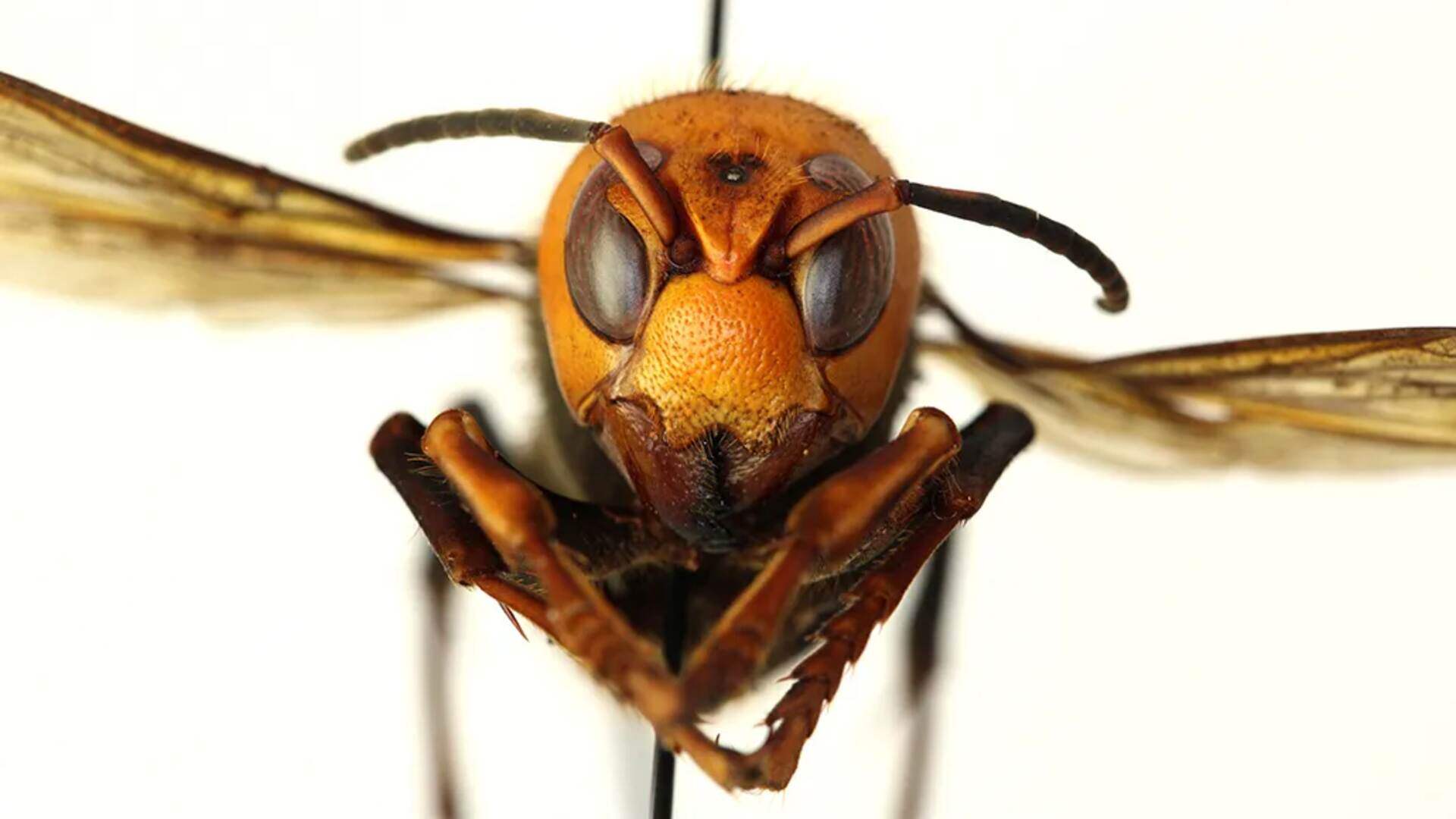 Aggressive Behavior
Hornets are highly territorial and defend their nests aggressively. They may swarm and attack in groups, delivering multiple stings. This makes them particularly hazardous near homes, parks, or outdoor dining areas.
Risk to Pets
Pets, such as curious dogs and cats, are vulnerable to hornet stings if they disturb a nest. Multiple stings can lead to severe swelling, pain, breathing difficulties, or even anaphylaxis, requiring prompt veterinary care.
Aggressive Behavior
Hornets are highly territorial and defend their nests aggressively. They may swarm and attack in groups, delivering multiple stings. This makes them particularly hazardous near homes, parks, or outdoor dining areas.
Risk to Pets
Pets, such as curious dogs and cats, are vulnerable to hornet stings if they disturb a nest. Multiple stings can lead to severe swelling, pain, breathing difficulties, or even anaphylaxis, requiring prompt veterinary care.
Can Hornet Stings Be Deadly?
While it’s scary to think about, fatalities from hornet stings are rare. However, it’s crucial to know the risks. In the U.S., approximately 62 deaths each year are attributed to stings from hornets, bees, and wasps combined. Most fatalities result from allergic reactions or numerous stings. The bottom line? Hornets can be dangerous in certain situations, but a single sting, although painful, usually isn’t deadly for healthy adults.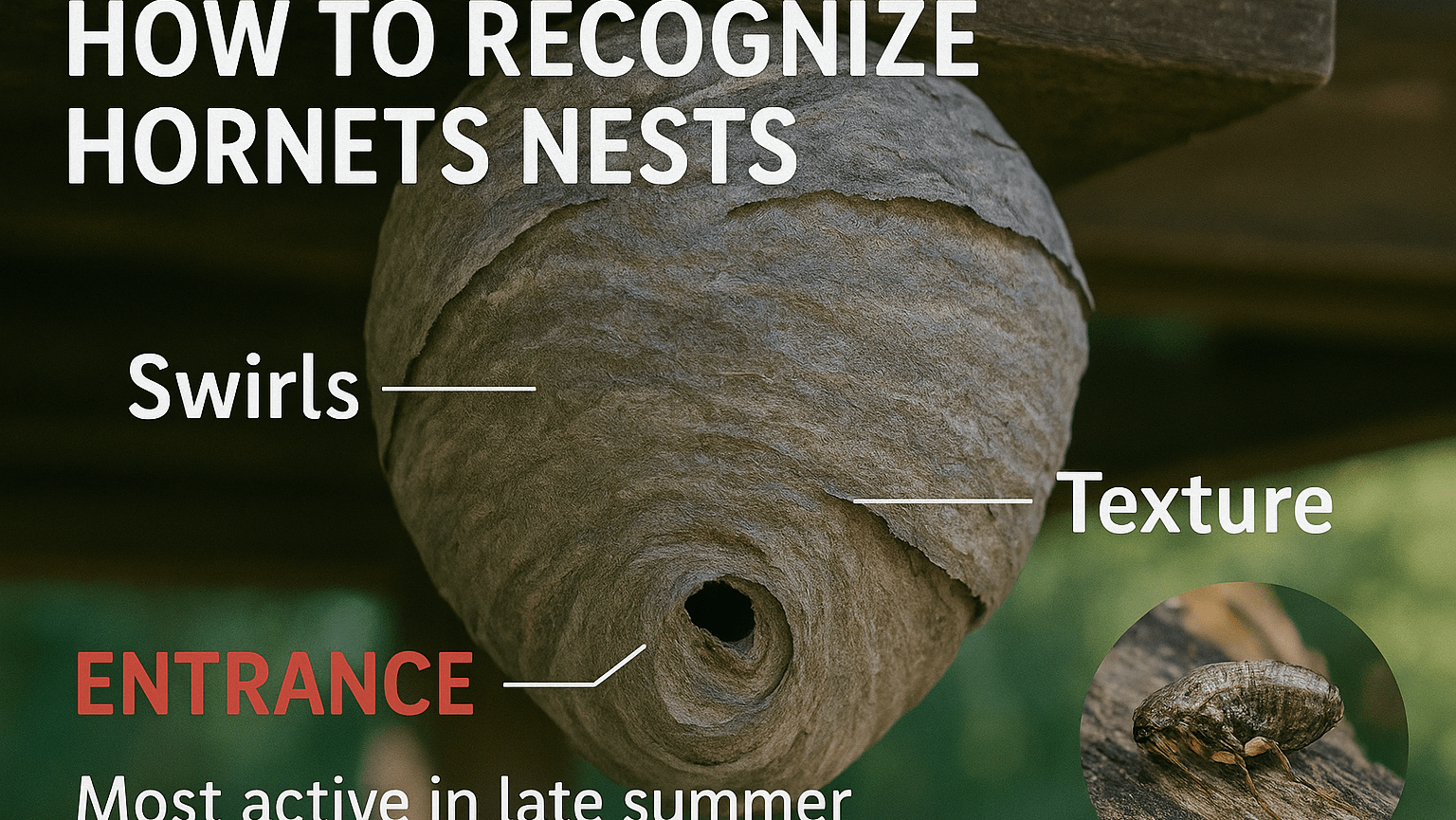
How to Recognize Hornet Nests
Knowing how to spot hornet nests can help prevent accidental disturbances. Hornets prefer quiet, secluded spots, such as tree branches, under eaves, attics, sheds, or sometimes underground burrows. Nests resemble large, grey, paper-like structures with a single entrance at the base. Seeing hornets consistently in one area often means that a nest is nearby. Hornets will defend these nests vigorously if they feel threatened. Even slight disturbances can provoke a swarm. Stay alert, especially in late summer and fall, when hornet populations peak.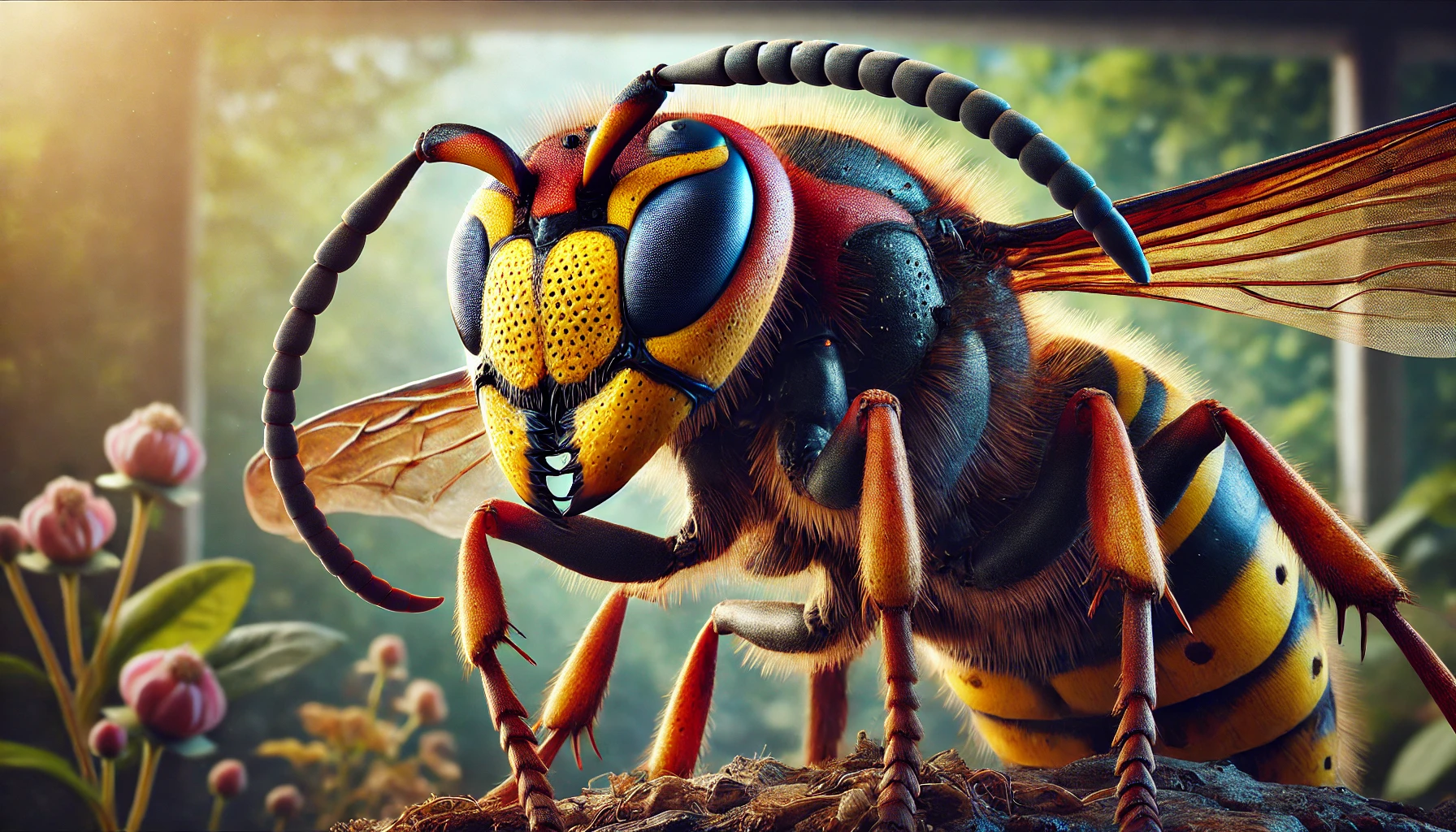
What Is the Most Dangerous Hornet?
The Asian giant hornet (Vespa mandarinia), often called the “murder hornet,” is widely regarded as the most dangerous hornet species. Its combination of size, potent venom, and aggressive behavior makes it a formidable threat to humans and other animals.Key Characteristics of the Asian Giant Hornet
-
Size: The largest hornet species, growing up to 2 inches long.
-
Venom Potency: Its venom causes severe pain, swelling, and tissue damage. Multiple stings can lead to fatalities, especially in allergic individuals.
-
Stinger: Equipped with a long, powerful stinger capable of delivering repeated stings.
-
Aggression: Highly territorial and known to attack in groups when defending their nest.
-
Diet: Feeds on other insects, particularly honeybees, decimating entire bee colonies in a short time.
Safe Practices When Encountering Hornets
Running into hornets can be stressful. Here’s how to handle encounters safely:Do
- Stay calm—panic increases the chance of being stung.
- Move away slowly and avoid sudden movements.
- Protect your face and eyes if hornets start to swarm.
- Alert others nearby to the presence of hornets immediately.
Don't
- Swat at or crush hornets—it triggers aggressive defense behavior.
- Attempt nest removal without protective gear or experience.
- Seal off a nest opening—it can agitate and trap hornets inside.
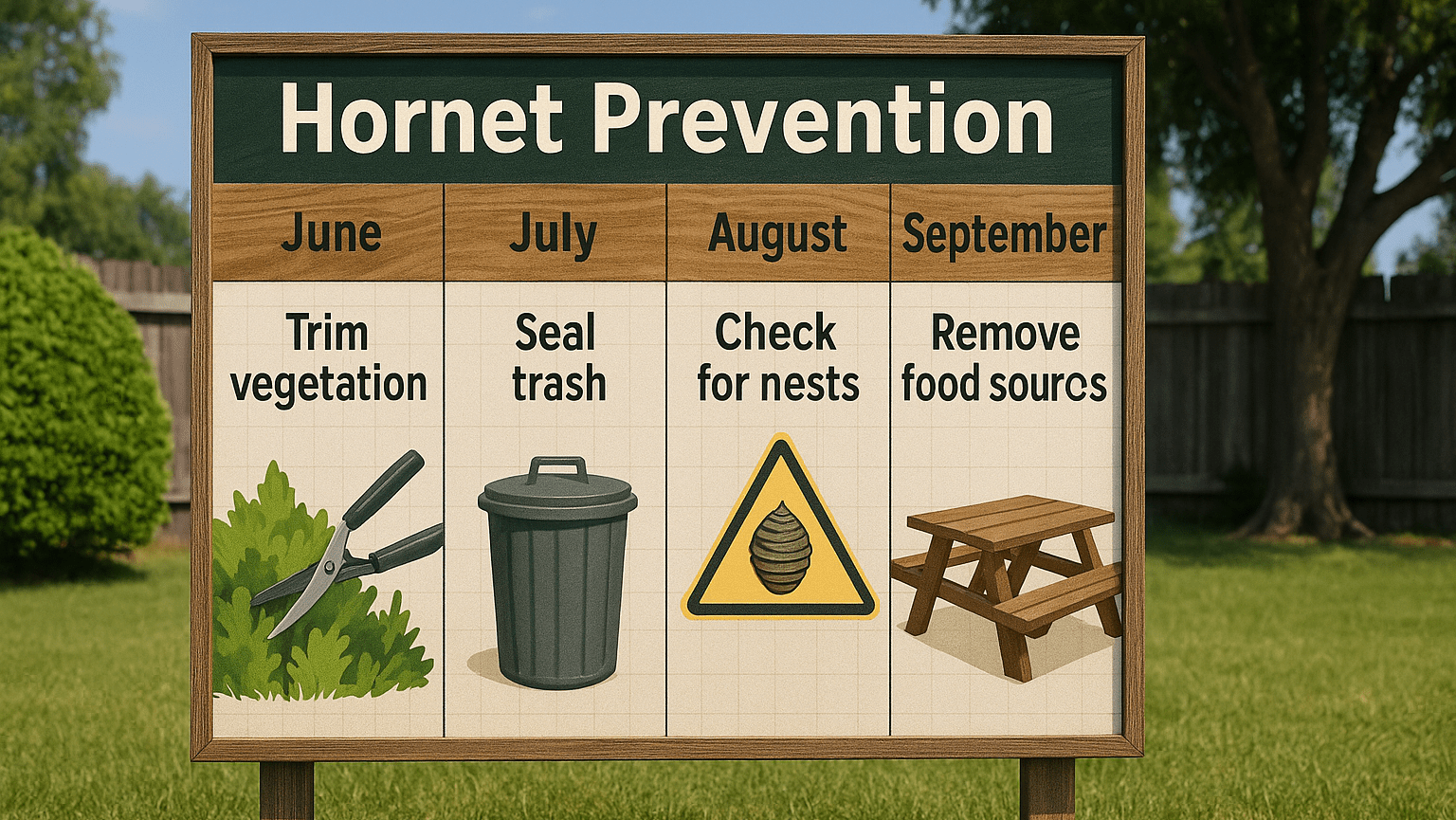
Effective Hornet Prevention Strategies
- Preventing hornets from nesting around your home is the best way to minimize danger:
-
Secure Food and Garbage: Hornets are drawn to sweet drinks, meat, and fruit. Keep trash sealed, clean up outdoor meals quickly, and clear fallen fruit from your yard.
-
Seal Home Entry Points: Inspect and seal gaps near the roof, eaves, and attic to prevent hornets from entering or nesting in sheltered spaces.
-
Yard Maintenance: Trim overgrown trees and shrubs, and remove debris like logs and woodpiles that hornets may use for nesting.
-
Reduce Strong Fragrances: Avoid floral-scented products and brightly colored clothes outdoors, especially during late summer when hornets are most active.
